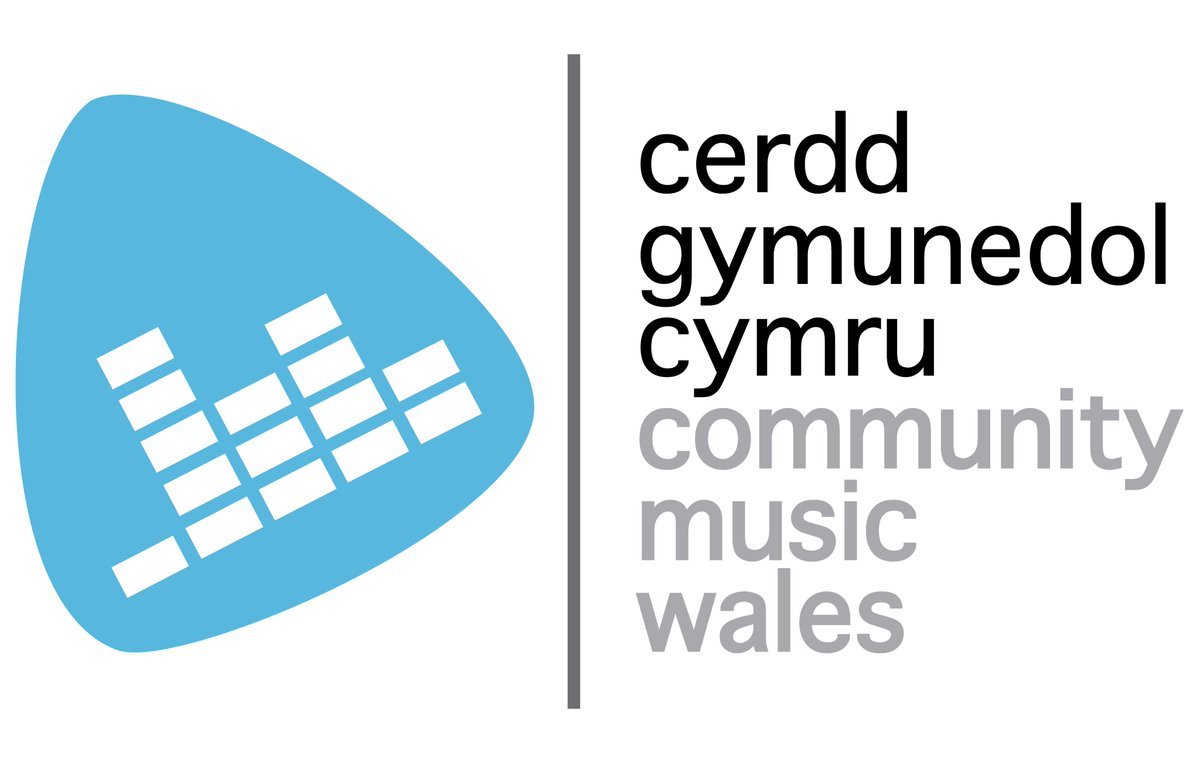….Medieval Mash-up
Medieval Mash-Up was a project that celebrated the 400-year anniversary of the Robert ap Huw Manuscript, through a series of workshops that re-examined the work using traditional Welsh folk music and contemporary music.
Robert ap Huw was a Welsh harpist and copyist, born circa 1580. He is most notable for compiling a manuscript, now known as the ‘Robert ap Huw Manuscript’, which is the main extant source of cerdd dant (string music) and is a late medieval collection of harp music. Robert Ap Huw’s manuscript is considered one of the most important sources of early Welsh music. Robert Ap Huw used Binary music in his manuscript as his form of music notation. This notational concept dates back to ancient Greece and was used extensively throughout Europe during the medieval period as form of recording and preserving music of the time. 2013 saw the 400th anniversary of Robert Ap Huw’s retrospective compilation manuscript of traditional Welsh binary music. Robert Evans and Mary Anne Roberts of the traditional Welsh folk band Bragod, have been studying, recording and performing the manuscript to audiences throughout Europe. On this project they are worked with CMW on a series of workshops with young people in Cardiff, Llanelli, Caernarfon and Anglesey.
The participants worked with the manuscript, examining concepts of binary music and learning about their musical heritage. Our CMW trained and experienced tutors also worked alongside Bragod and contemporary music producers to record and perform their interpretations of the manuscript. Participants needed to get to grips with traditional folk instruments such as the crwth and the lyre and responded to them by incorporating modern musical styles.
Through this fusion of modern music recording and performance technologies with ancient traditional methods, the project managed to bring Robert Ap Huw’s manuscript into the modern era.
This project was funded by The Heritage Lottery Fund young roots.
..
Cymysgu Canoloesol
Roedd Cymysgu Canoloesol (Medieval Mashup) yn brosiect oedd yn dathlu 400 mlwyddiant Llawysgrif Robert ap Huw, drwy gyfres o weithdai a oedd yn ail edrych ar y gwaith gan ddefnyddio cerddoriaeth werin draddodiadol Gymreig a cherddoriaeth gyfoes.
Roedd Robert ap Huw yn delynor a chopïwr o Gymro, a aned tua 1580. Mae'n fwyaf adnabyddus am ei lawysgrif, a elwir bellach yn 'Llawysgrif Robert ap Huw', sef y brif ffynhonnell gerdd dant sy’n bodoli ac mae'n gasgliad canoloesol hwyr o gerddoriaeth ar gyfer y delyn. Ystyrir mai llawysgrif Robert Ap Huw yw un o ffynonellau pwysicaf cerddoriaeth Gymreig gynnar. Defnyddiodd Robert gerddoriaeth ddwyran yn ei lawysgrif. Mae'r cysyniad hwn o nodiant yn dyddio'n ôl i hen wlad Groeg ac fe'i defnyddid yn helaeth ledled Ewrop yn ystod y cyfnod canoloesol fel ffurf ar gyfer cofnodi a chadw cerddoriaeth y cyfnod. Yn 2013 dathlwyd 400 mlwyddiant llawysgrif Robert Ap Huw o gerddoriaeth ddwyran draddodiadol Gymreig. Mae Robert Evans a Mary Anne Roberts o Bragod (band gwerin traddodiadol Cymreig) wedi bod yn astudio, recordio a pherfformio'r llawysgrif i gynulleidfaoedd ledled Ewrop. Ar y prosiect hwn bu’r ddau yn gweithio gyda CGC ar gyfres o weithdai gyda phobl ifanc yng Nghaerdydd, Llanelli, Caernarfon ac Ynys Môn.
Gweithiodd y cyfranogwyr gyda'r llawysgrif, gan archwilio cysyniadau cerddoriaeth ddwyran a dysgu am eu treftadaeth gerddorol. Bu ein tiwtoriaid CGC hyfforddedig a phrofiadol hefyd yn gweithio ochr yn ochr â Bragod a chynhyrchwyr cerddoriaeth gyfoes i recordio a pherfformio eu dehongliadau o'r llawysgrif. Roedd yn rhaid i’r cyfranogwyr fynd i'r afael ag offerynnau gwerin traddodiadol fel y crwth a'r delyn fach ac ymateb iddynt drwy ymgorffori arddulliau cerddorol modern.
Drwy'r cyfuniad hwn o dechnolegau recordio a pherfformio cerddoriaeth fodern a dulliau traddodiadol hynafol, llwyddodd y prosiect i ddod â llawysgrif Robert Ap Huw i'r oes fodern.
Cafodd y prosiect hwn ei ariannu gan Gwreiddiau Ifanc Cronfa Dreftadaeth y Loteri.
….
